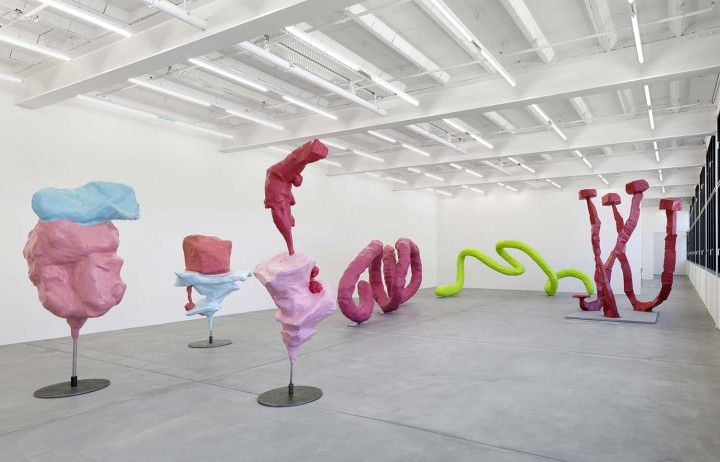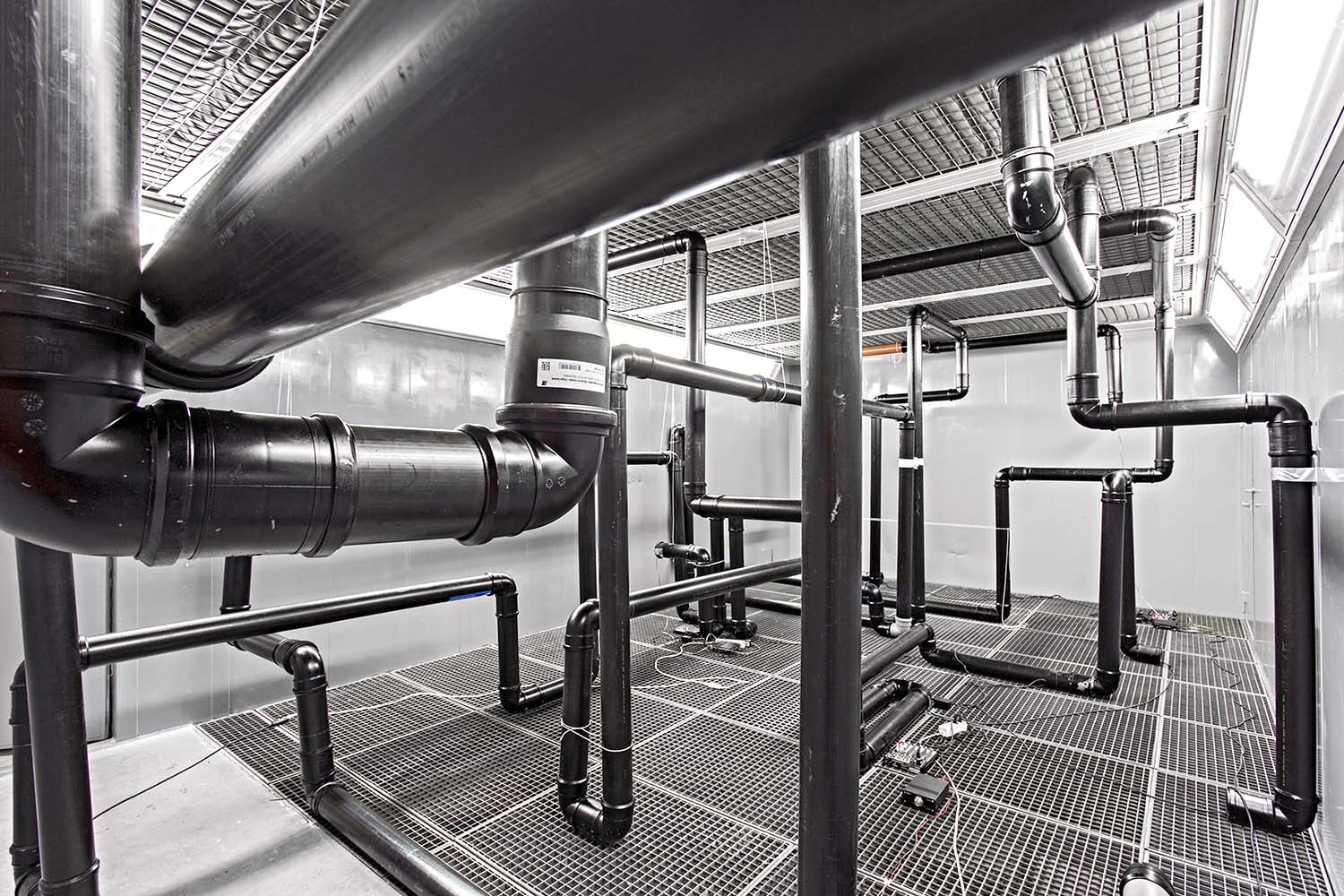In 1998 Eva Presenhuber joined Hauser & Wirth to create Hauser & Wirth & Presenhuber. A few years later, she founded Galerie Eva Presenhuber in Zurich. Both of her Zurich-based locations are now among the art world’s top destinations, and she represents artists such as Peter Fischli & David Weiss, Valentin Carron, Michael Williams and Ugo Rondinone. Eva restlessly fights for her artists and systematically discovers new ones; rumor has it she sleeps fifteen minutes a year.
Your booth at the Armory earlier this year was mind-blowing. How to you conceptualize the space of a booth? Do you have a global vision for it or do you prefer to show the whole spectrum of the artists you represent?
The success of a great art fair booth relies on great works; a rule I do repeat is that I only place works together that support each other. The booth should always have the character of a high-quality show. I think the way Steven Shearer’s work German Helmets (2007) goes together with Matias Faldbakken’s Gas Sculpture Cap Red Blue (2015) is, besides a formal decision — because they look great together — also driven by a certain political approach that is already inherent in the works themselves. This specific way of reading might also have an effect on how you look at works by Sam Falls and Tobias Pils. Next to those you find Doug Aitken’s work 100YRS (2014) on the same wall as Oscar Tuazon’s Slipform (2015). The word-based work by Aitken, which is lit by white neon light, in context with the square plaster wall work by Oscar Tuazon, which is literally based on the idea of building, is a great match and creates a lot of philosophical and aesthetic tension.
What is your secret to discovering exciting new artists?
I get some very good advice from artists in my gallery, and I always follow my instincts.
Do you want to open a branch in the US or elsewhere in the world?
It’s an interesting idea and we are working on it.
Do you think the role of a dealer is to be open to the unknown, to challenge the definition of art, or to follow his or her own vision?
The dealer’s vision is secondary when it comes to the content of art; artists define what is art and what is just commerce. The dealer can go both ways — be sensitive to the best art and be aware of interesting trends.
What are your upcoming projects?
During Art Basel we are showing two solo shows in Zurich: one by Ugo Rondinone and one by Doug Aitken. Our upcoming projects include a huge show of new works by Martin Boyce, opening the end of August 2015, and a show by Josh Smith that opens the same day.
Do you see a change in the relative career lifespans of successful younger and older artists? Do young artists’ careers rise faster but also die more quickly? If so, why is that?
There is a difference between the artists who were born before 1975 and the younger generation after. The audience increased tremendously over the last fifteen years, and being an artist became a profession. This does not mean at all that there are more relevant artists working out there. It only means that we have a lot of short-term careers, which are fed by the huge demand of buyers and dealers.
Do you have your own particular obsessions in terms of eras, styles, schools, materials, artists, etc.?
I do not like schools or formalisms in art at all; I think I like relevant art, artists who really make a difference. Early on you can see those artists in competition with many others, but, as time goes by, usually after thirty years of artistic activity, one can finally see the difference between great art and not-so-great art!
Do you think the art world is overextended today? Are we too inundated with images and the quest for new discoveries?
Well, I think we have a lot of everything, and yes, there is too much to digest in the art world today. But not only there: the problem is that everything is commercial now, and we do not have strong political ideals in society right now, although we have major problems worldwide due to corruption!
Do you ever feel bored of art — oversaturated maybe? What do you do then?
There has always been more boring art than exciting art!




